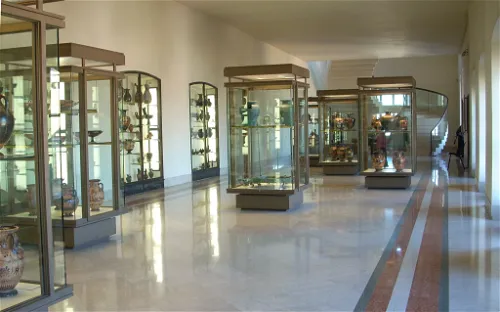Gregorian Etruscan Museum and its collection
The Gregorian Etruscan Museum, a part of the Vatican Museums, was established by Pope Gregory XVI in 1836. This historical establishment is a testament to the Pope's interest in preserving and showcasing the rich Etruscan heritage. The museum's foundation marked a significant step in the preservation of Etruscan artifacts and works of art that were being discovered during the early 19th century.
Artifacts and Location of the Gregorian Etruscan Museum
The Gregorian Etruscan Museum is home to a vast collection of works and artifacts that date back to the 9th-1st century BC. These historical pieces provide a glimpse into the rich and diverse Etruscan civilization. The museum is located within the Palazzetto of Innocent VIII and another 16th-century building, adding to the historical ambiance of the museum.
History & Anthropology Archaeology Ancient art Religion
#6 History & Anthropology in Vatican City #4 Ancient art museums in Vatican City #2 Archaeology museums in Vatican City #4 Religion museums in Vatican City #6 History & Anthropology in Vatican City #4 Ancient art museums in Vatican City #2 Archaeology museums in Vatican City #4 Religion museums in Vatican City





































